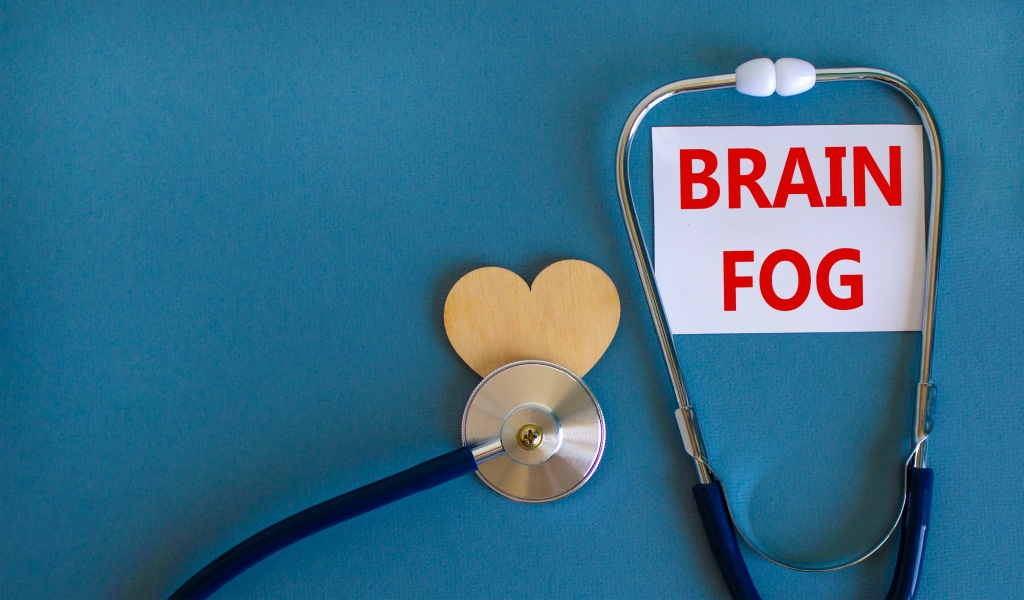We argue that when considering addiction as a disease, the lens of neurobiology is valuable to use. It is not the only lens, and it does not have supremacy over other scientific approaches. We agree that critiques of neuroscience are warranted [108] and that critical thinking is essential to avoid deterministic language and scientific overreach. Interpreting these and similar data is complicated by several methodological and conceptual issues. First, people may appear to remit spontaneously because they actually do, but also because of limited test–retest reliability of the diagnosis [31]. This is obviously a diagnosis that, once met, by definition cannot truly remit.
Collectively, the data show that the course of SUD, as defined by current diagnostic criteria, is highly heterogeneous. Accordingly, we do not maintain that a chronic relapsing course is a defining feature of SUD. When present in a patient, however, such as course is of clinical significance, because it identifies a need for long-term disease management [2], rather than expectations of a recovery that may not be within the individual’s reach [39]. From a conceptual standpoint, however, a chronic relapsing course is neither necessary nor implied in a view that addiction is a brain disease. Human neuroscience documents restoration of functioning after abstinence [40, 41] and reveals predictors of clinical success [42].
Phone, Video, or Live-Chat Support
The person we call an addict always monitors their rate of consumption in relation to relevant circumstances. For example, even in the most desperate, chronic cases, alcoholics never drink all the alcohol they can. They plan ahead, carefully nursing themselves back from the last drinking binge while deliberately preparing for the next one. This is not to say that their conduct is wise, simply that they are in control of what they are doing.

Epidemiological data are cited in support of the notion that large proportions of individuals achieve remission [27], frequently without any formal treatment [28, 29] and in some cases resuming low risk substance use [30]. These spontaneous remission rates are argued to invalidate the concept of a chronic, relapsing disease [4]. As briefly touched upon earlier, it is not inconceivable that the BDM and the CM are essentially referring to distinctly different ‘types’ of addicts.
Research Links Red Meat Intake, Gut Microbiome, and Cardiovascular Disease in Older Adults
No such generally accepted taxonomy yet exists, apart from Marlatt’s well-known theory regarding relapse [57]. Evidently, a classification concerning the capacities of addicts, such as impulsivity, may be highly useful in certain fields dealing with addicts. Criminal justice systems, for example, may benefit from such a distinction, which may aid the correct legal approach of addicted offenders. Evidence that a capacity for choosing advantageously is preserved in addiction provides a valid argument against a narrow concept of “compulsivity” as rigid, immutable behavior that applies to all patients. It does not, however, provide an argument against addiction as a brain disease. If not from the brain, from where do the healthy and unhealthy choices people make originate?
However, saying that there is choice involved in addiction by no means implies that addicts are just weak people, nor does it imply that overcoming addiction is easy. It is incredibly http://hackworker.ru/t/1920213 hard, and for some people, practically impossible to undo years of habit. Although these studies were met with resistance, lately there is more evidence to support their findings.
Providing the Highest-Quality of Addiction Treatment
Adi Jaffe, Ph.D., is a lecturer at UCLA and the CEO of IGNTD, an online company that produces podcasts and educational programs on mental health and addiction. You may have noticed something missing from that discussion, namely judgment. I don’t wonder why my clients behave the way they do any more than I wonder why they cross the street while looking http://www.dfashiontrends.com/LatestFashionTrends/latest-trends-in-dresses-2014 to the left. In the end it comes down to training, and if we want to end up with a different set of behaviors, we have to understand the mechanisms and processes that got us there and make a change. The journey toward addiction recovery takes worthwhile dedication and hard work, and juggling physical and mental well-being can become challenging….
- Similarly, the discussion on whether addiction is a disease or a disorder is not relevant for understanding addiction, nor is it useful in determining responsibilities.
- He goes on to conclude that “generally, genetic prediction of the risk of disease (even with whole-genome sequencing data) is unlikely to be informative for most people who have a so-called average risk of developing an addiction disorder” [7].
- Evidently, a classification concerning the capacities of addicts, such as impulsivity, may be highly useful in certain fields dealing with addicts.
- This article contends the belief that the two models in the addiction debate are polar opposites.
- These addicts often suffer from severe comorbidities, such as mood, anxiety, or personality disorders [46].
Any single-factor theory to explain alcohol and other drug use and dependence will inevitably fall short. We would do better looking at the full range of factors that enable problems with alcohol or drug use. Only a relatively small number of people become dependent on alcohol or other drugs (between 5% and 20% depending on the drug), suggesting the alcohol or drugs themselves are not the primary https://netref.ru/lajfhaki/hochu-spat.html cause of the problem. Traditional definitions refer to a failing or problem with cells, tissues or organs – an illness of some sort. Nicole Lee works as a consultant to public, private and not for profit services to support best practice treatment and policy. She has previously been awarded grants by the Australian Government, NHMRC and other public funding bodies for drug research.



